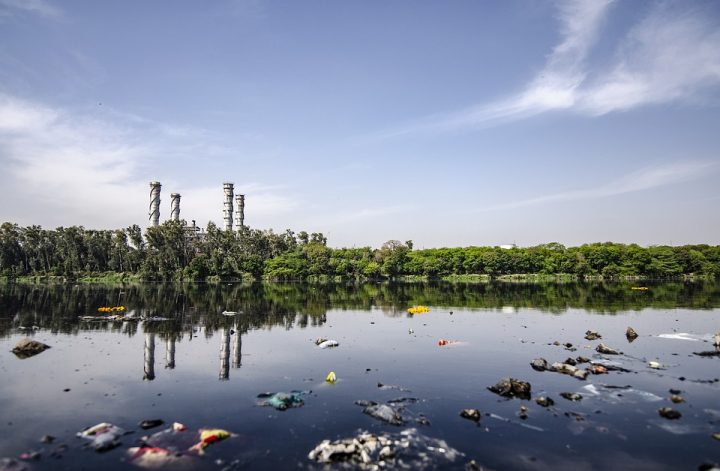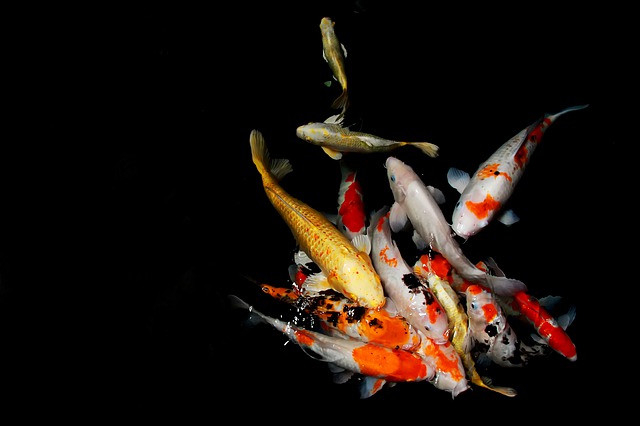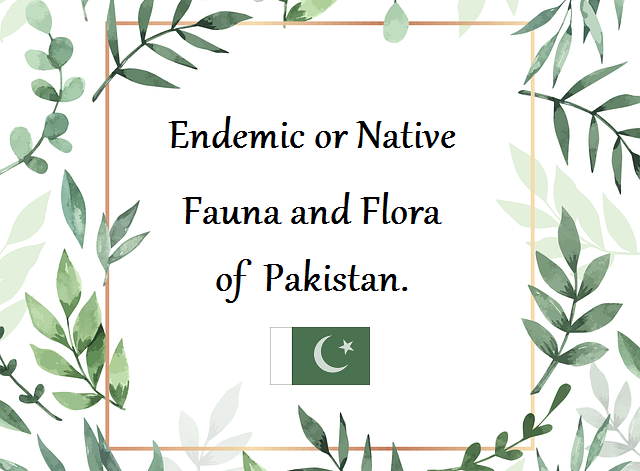INTRODUCTION
Water Pollutant: Any contaminant that degrades the quality of drinking water is a water pollutant.
To know more about water pollution, read the following article: Water pollution– Sources, Effects, and Control
TYPES OF WATER POLLUTANTS:
There are different types of water pollution depending upon the particular source. There are various categories of water pollutants that are listed below.
1.Thermal Pollution – This is due to the release of the coolant- the water used by industries and power plants. This coolant degrades the water quality. For more info, read: Thermal Pollution – Causes, Effects, and Solutions.
2. Heavy Metals – Heavy metals in water include lead, mercury, cadmium, etc.
3. Nutrients – It includes phosphates, sulfates, nitrates, etc. These cause Eutrophication when they reach water bodies – for more detailed information, read: Eutrophication – Causes, Effects, and Solutions.
4. Sediments – Sediments along with suspended particles degrade water quality.
5. Biological Pollutants – These are viruses, bacteria, protozoa, and parasitic worms.
6.Inorganic Pollutants – These pollutants do not degrade and often termed as nondegradable such as metals, salts, etc.
7. Organic Pollutants – These pollutants persist in the environment. Examples are oil, gasoline, PAHs, VOCs, etc.
Also check out: Marine Pollution – Its Risky Effects on Marine Life & Humans
COMMON WATER POLLUTANTS
List of water pollutants, their sources, and their effects have been mentioned in the table below:
| Serial No. | Water Pollutants | Sources | Effects |
| 1. | Phthalates | Pharmaceuticals, Plastic Waste, Plasticizers, | Damage to Kidney, Liver, Reproductive System |
| 2. | Radioactive Gas – Radon Gas ( Rn ) | Boreholes | Stomach Cancer |
| 3. | Arsenic ( As ) | Natural Deposits, Agriculture Activities, Industries, | Skin Lesions, Cancer, Diabetes, |
| 4. | Polychlorinated biphenyls ( PCBs ) | Leaks from Electronics, Spills, | Chloracne, Birth Defects, Liver Damage, |
| 5. | Methyl tert-butyl ether ( MTBE ) | Leaking Storage Tank of Gasoline | Nausea, Throat Irritation, Headache, |
| 6. | Phosphates | Paper and Pulp Industry, Pet Sewage, Fertilizer Runoff | Digestive Problems |
| 7. | Nitrates | Sewage, Animal Waste, Fertilizers, | Abdominal Cramps, Headache, Nausea, |
| 8. | Chlorides | Industrial Wastewater, Agriculture Runoff, Road Salting, | Hypertension, Cardiovascular Diseases, |
| 9. | Sulfides | Decaying Plant and Animal Material, | Stomach Pain, Nausea, |
| 10. | Cyanides | Iron and Steel Plants, Metal Mining, | Thyroid Damage, Neurological Effects, |
| 11. | Sulfates | Pulp Mills, Tanneries, Textile Mills, | Diarrhea, Dehydration, |
| 12. | Mercury | Mining Waste, Natural Deposition, | Kidney Damage |
| 13. | Fluoride | Salts, Food Processing, Beverages, | Dental Effects |
| 14. | Acetone – Solvents | Varnishes, Cement, Cleansers, | Eyes irritation, Nausea, Mood Swings, |
| 15. | Lead ( Pb ) | Faucets, Lead Pipes, | Muscle Pain, Abdominal Pain, Headache, |
| 16. | Heat – Thermal Pollution | Industries, Power Plants | Loss of Aquatic Life |
| 17. | Ammonia | Animal Waste Municipal Effluent Discharge, | Body Organ Damage |
| 18. | Metaldehyde – Pesticides | Pesticides | Seizures, Death, Tremors, |
| 19. | VOCs – Dichloromethane ( DCM ) | Paints, Aluminum Forming, Laundries, | Skin Irritation, Damage to Nervous System, |
| 20. | Carbonic Acid | Carbon Dioxide, Natural Deposition | Acidosis |
| 21. | Benzene | Oil Spills, Chemical Plant Effluents, Atmospheric Deposition, | Anemia, Dizziness, Vomiting, |
| 22. | Viruses – Rotaviruses | Animal and Human Waste, | Viral Gastroenteritis |
| 23 | Bacteria – Escherichia coli | Sewage, Animal Waste, | Diarrhea |
| 24. | Protozoa – Cryptosporidium, | Sewage System, Animal, and Human Waste, Agriculture Runoff, | Watery diarrhea, Dehydration, |
| 25. | Parasitic Worms – Guinea Worm | Stagnant Water | Dracunculiasis |
You might also want to read: The Three Stages of Waste Water Treatment
CONCLUSION
Water pollution is not dangerous for human life but also for terrestrial, aquatic, and marine biodiversity. Marine pollution is already showing severe impacts on marine biodiversity. Just like some air pollutants enter the food chain, water pollutants become part of the food chain as well. Significant measures should be taken to reduce water pollution. Proper disposal of industrial waste such as effluents is crucial for reduced water pollution. In the world, 71 % population can have access to safe drinking water.
Also check out: The Impacts of Microplastic Pollution on the Environment
I hope you all liked this post! Please comment below if you have any suggestions, comments, or feedback! We at #envpk love hearing from our readers! Thanks!




